Many American hunters dream and fantasize about hunting in the west, but if they’re nonresidents in the state they want to hunt the dream may never become reality because of the expense. For starters, nonresident elk licenses are now averaging $700, and up to four digits in some states. That’s a lot of money for many folks and is the chief reason they decline to hunt. When you add in the cost of travel, accommodations and perhaps a lease fee or an outfitter the expenses add up quickly.
For years I’d written how nonresidents can make an elk hunt for less than $1,000 but that was when elk tags were less than $500. That doesn’t work today. Wildlife agencies continue to raise the prices for nonresident licenses because there are more hunters applying for licenses than there are licenses available. That creates a seller’s market. So, when license fees are raised, hunters who can afford it will continue to apply, widening the gap between those who can’t afford it and those who can.

When planning a budget hunt you cannot eliminate the license fee. It’s a given. But you can eliminate many other aspects of the hunt and cut expenses dramatically. That means you’ll need to plan a bare-bones hunt where there are no frills and perhaps a few discomforts. Let’s examine the details.
TRAVEL. Getting to the west is obviously going to take a bite out of your budget though there are ways to reduce the costs. Most hunters drive; fewer fly. If you drive, you should pool together several buddies and take one vehicle. Three is ideal, since one person can drive, another can sit in the passenger seat, chatting with the driver, and another can sleep in the back. This allows you to take turns driving - eliminating the need to overnight in a motel. How long might it take to drive? As an example, I have friends in Maryland who drive to Gunnison, Colorado in 38 hours. They drive a pickup and pull a 10 foot trailer that accommodates their gear and guns.
When driving, your party should decide on the best vehicle to take. As you drive it’s typical for passengers to alternate paying for gas. That gets complicated in a hurry. Do this instead. Select a “banker” in your group. He should collect $100 in cash from everyone and pay all the fuel bills. When the bank runs low, everyone chips in and gives him more money. How about the owner of the vehicle. Should he pay? After all, his vehicle undergoes wear, tear and depreciation. There are three ways to figure this. Reduce his contribution to the bank or eliminate it completely. Or, decide that on the next hunt you will take someone else’s vehicle.

When determining which vehicle to take, do NOT even remotely figure on driving a 2WD. Some hunters think that if they stay on major forest roads they’ll be okay without the need for 4WD. That’s wishful thinking. Invariably you’ll see a two track heading off the main road and you’ll be tempted to follow. Many of those roads pass over bad spots such as drop offs, muddy areas, snow drifts, streams and others that will practically guarantee that you’ll be hopelessly stuck. You won’t find many tow trucks that will pull you out, if any. By not being able to access those secondary roads you won’t be able to drive on bad roads that lead to prime hunting spots. Other hunters with 4WD vehicles will be able to access those areas and you may be stuck with the crowds closer to the main roads. It’s also possible that the major roads can become practically impassable if a storm rolls through. Additionally, other vehicles may get stuck requiring you to drive off the road to get around them. I recall a hunt where hunters drove a motorhome in the mountains, got it hopelessly stuck, blocking several dozen other vehicles that couldn’t get around it. You might be thinking that you’ll just park a 2WD along a main road and hike away from crowds. That’s fine, but you never know what situations you’ll find yourself in when you hunt the western mountains.
Having said all this, there’s an old saying in mountain country: “a 4WD will get you stuck farther back in the woods than a 2WD.” Prudence is always mandatory, whatever you’re driving.
Another consideration is bringing ATV’s. You’ll have to figure a way to get them to the hunt if you intend to use them. Many hunters haul them in a trailer or in the bed of a pickup or a toy hauler which is a combo camp trailer with enough space for ATV’s. Obviously there’s much planning when you’re hunting a long way from home.
ACCOMMODATIONS. Many hunters opt to stay in a motel. That’s more comfortable than camping, given the fact that you can sleep in a clean bed and take showers. The downside is that it will add to your expenses, require a drive to and from the hunting area, and deny the opportunity to sit around an evening campfire with your buddies. It will also likely require you to find a place to hang your game. In most camps you can hang meat in trees surrounding camp.

There are a variety of camp options. The simplest is a tent which will accommodate your party and allow for sleeping and cooking. Wall tents have been in use for decades but now there are many versions that are lighter, less expensive and roomier. A wood stove is an option but should be seriously considered if you’re hunting in high elevation mountain country. Even in September the nights can get below freezing. If you’re using a wood stove you need to bring your own firewood or a chainsaw. Most national forests will sell you a firewood permit that’s very reasonably priced.
RV’s come in all sizes and shapes. Some are travel trailers which are towed with a standard hitch, others are fifth wheel that are towed by a hitch in the bed of a pickup, and there are cab-over campers that fit in the bed of your pickup. Each has its pros and cons. Then there are motorhomes. Most hunters who bring the latter will tow a Jeep or trailer with ATV’s.
FOOD. When traveling everyone is responsible for their own food. That’s an expense that must be considered. But when camping, food should not be considered in the hunting budget. That’s crazy, you say? Why is that? No matter where you are on this planet you need to eat, whether you’re home or away from home. Every day of your life you need to buy food, even if you’re an avid hunter and have plenty of meat in the freezer. To cut down on food expense for the hunt make up some meals at home, freeze them and then thaw and heat on your hunt. Not only do you avoid the expense of buying meats at local grocery stores, but you have a ready made meal when you come back for hunting. Of course you’ll need to buy basic items like bread, cold cuts, condiments, potatoes, paper towels, etc. This will help you minimize expenses. I like to make soup, stew, chili, casseroles, meat loaf, etc at home and bring them on the hunt. Check the food in your pantry and grab the expired cans and jars. Take them with you.
GETTING YOUR MEAT HOME. There are three ways to get your meat home. Bring it yourself in quarters or boned out, bone it and ship it, or take it to a processor and have them cut it up and ship it. By using a processor, you can expect to pay $300 up for cutting and packaging for an elk and more for shipping. It can cost $200 or more to ship 50 pounds of meat next day air. It’s far cheaper to bone and chill it (by packing in iced down coolers) or to take entire quarters which will fit in a large marine cooler and take it home with you. In the mountains the night air will likely chill your meat. Don’t forget your CARIBOU GAME BAGS. If you’re shipping entire quarters leave them in the bags when you put them in the cooler. I know several folks who haul a chest type freezer to haul game meat. When dealing with deer or antelope you obviously have smaller animals to transport.

Very importantly, if you’re having your meat cut up by a local processor and you intend to take it home (they’ll flash freeze it after it’s packaged) be aware that during big game seasons many processors are at full capacity. They might not be able to get to your animal for a few days, and if your travel schedule doesn’t allow you to pick up the meat, they’ll have to ship it. This is especially true if you shoot your animal on the last day or two and were planning on leaving as soon as the hunt is over.
CWD. VERY IMPORTANTLY, most states have regulations on how you can transport meat in order to prevent the spread of this disease. For example, you no longer can transport the entire carcass of a deer or elk across state lines, or even a severed head. These regs differ widely, so be absolutely sure you’re aware of them. By the way, antelope do not get CWD.
If you’ll stick to these guidelines, you’ll be surprised how much you can save. Of course, after the hunt is over you can buy gifts for the family at home and perhaps a nice celebratory steak dinner at each person’s expense. To me, there’s a lot of satisfaction when roughing it a bit more when you’re hunting in a far away place, especially when you can make it more affordable.

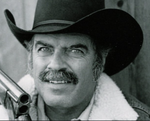





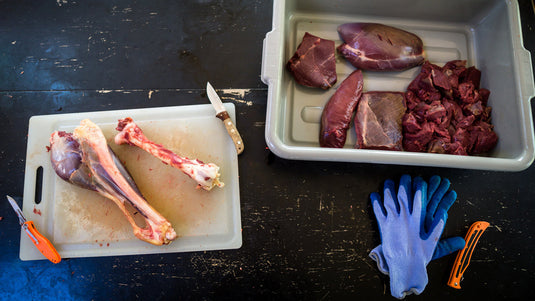
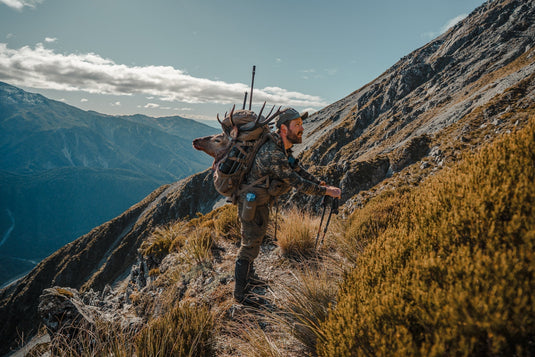
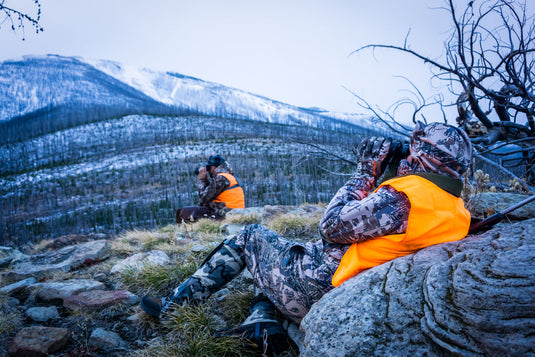
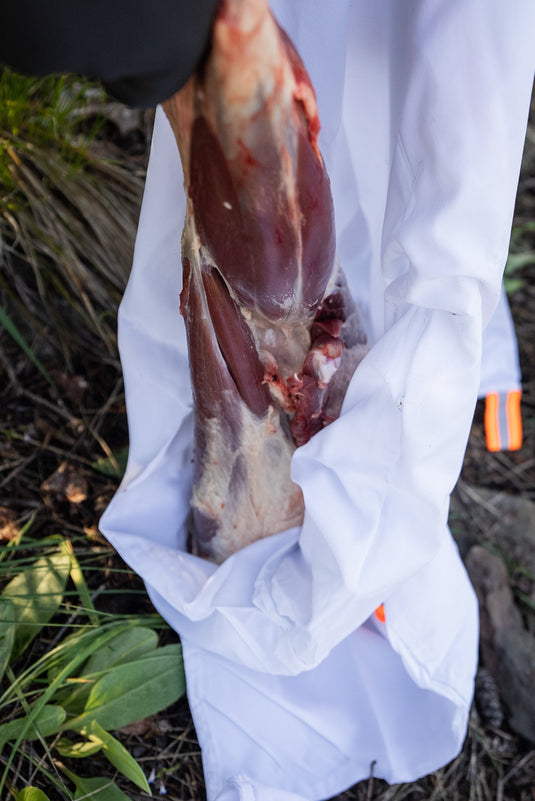
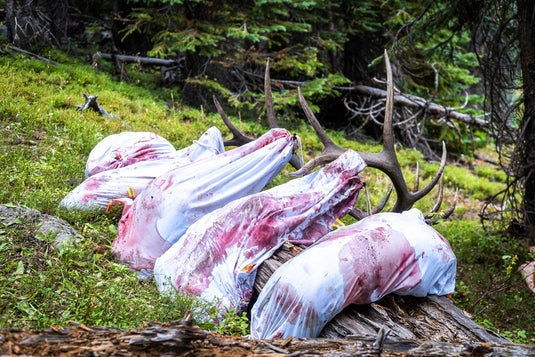
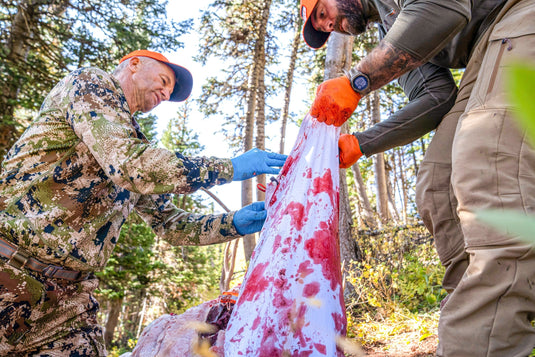
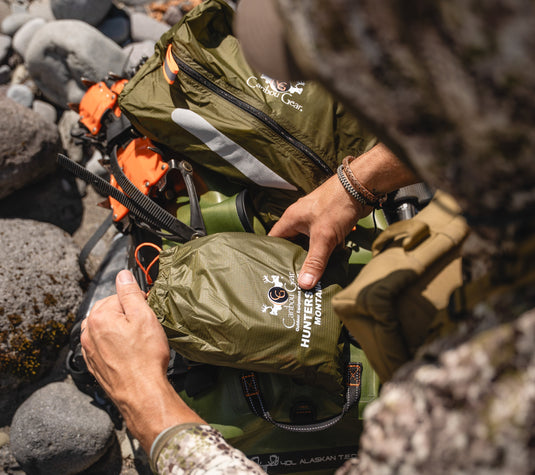
Great advice Jim and thanks for sharing your wisdom!
Another great way to save money going out west is renting specialized gear items instead of purchasing high end optics, backpacks, sleeping bags and big base camp tents. You can share cost amongst your buddies and if you love the item you can purchase it too.
Appreciate you sharing your wisdom and experience and thanks to Caribou for sharing!
Great article Jim! Great advice! Another smart way to save some money hunting out west is renting your specialized gear items instead of buying expensive optics and big base camp tents. This allows you to share the cost of those items with your hunting partners too.
Thanks for all your help!
I enjoyed the article. Some of my most memorable hunts have been with a small group of guys working together.
We always share the meat we take home . We help each other.